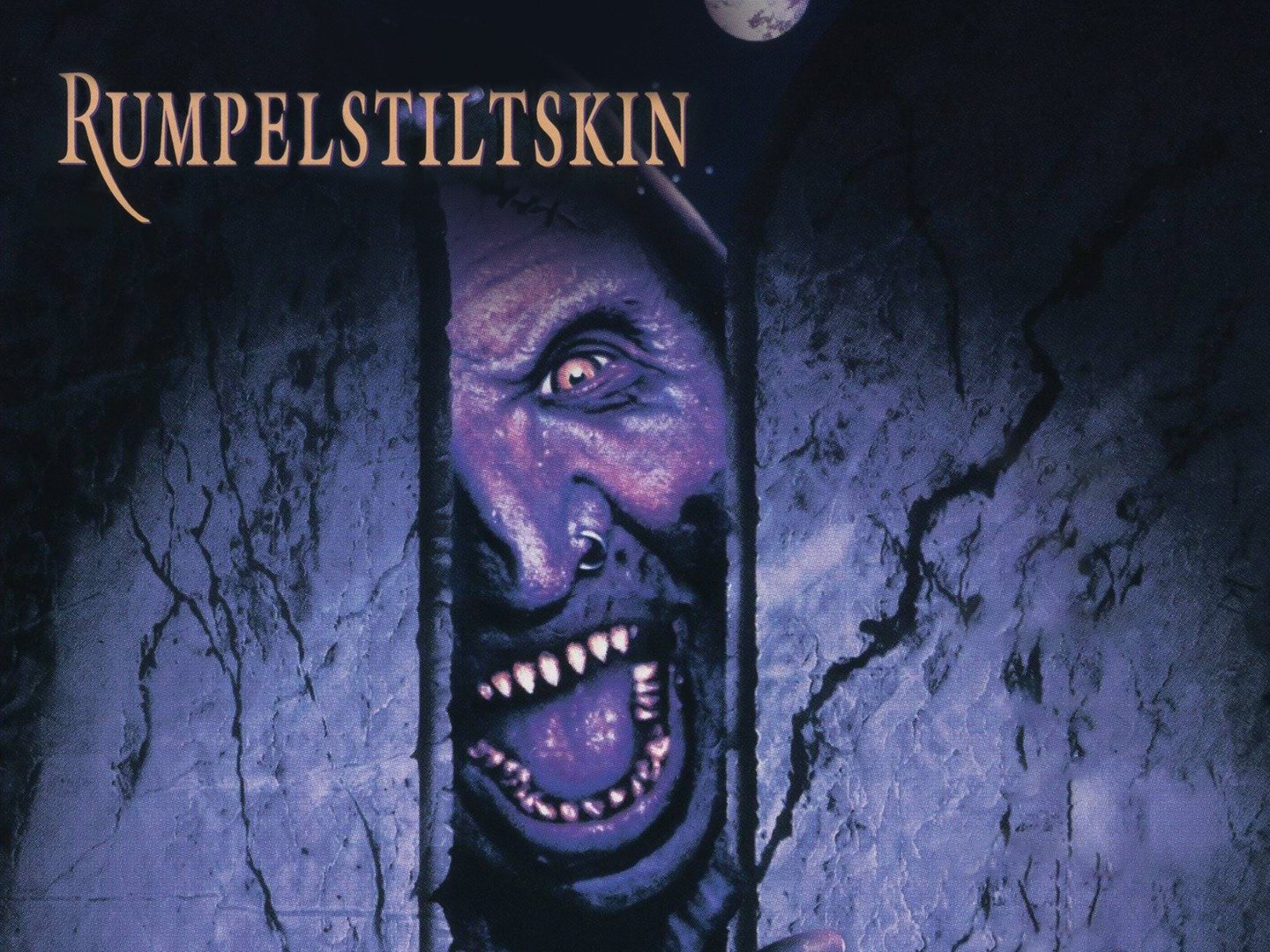Character Analysis

Rumpelstiltskin is a complex and fascinating character, whose motivations and personality traits have been the subject of much debate. On the one hand, he is a powerful and magical creature, capable of great feats of magic. On the other hand, he is also a cruel and selfish individual, who is willing to go to great lengths to achieve his own ends.
Rumpelstiltskin, the impish figure from the Brothers Grimm, is known for his magical abilities and his uncanny connection to straw. His name is forever etched in the annals of folklore, much like the tilt a whirl , a carnival ride that sends its riders spinning and soaring.
Just as Rumpelstiltskin’s magic transformed straw into gold, the tilt a whirl transforms laughter and excitement into a whirlwind of joy, leaving behind memories that shimmer like precious treasures.
Motivations, Rumpelstiltskin
Rumpelstiltskin’s primary motivation is power. He desires to be the most powerful creature in the world, and he will stop at nothing to achieve this goal. He is also motivated by a deep-seated hatred of humans, whom he sees as weak and inferior.
Rumpelstiltskin, the enigmatic figure from the Brothers Grimm, spun gold from straw with his magical incantation. In a realm where tales intertwine, a similar thread weaves through the buttermilk tale. Here, a young woman transforms buttermilk into butter, a testament to the transformative power of both magic and culinary artistry.
And as the buttermilk churned, its echoes whispered of Rumpelstiltskin’s enigmatic presence, forever entwining the two tales in a tapestry of myth and enchantment.
Personality Traits
Rumpelstiltskin is a complex character with a wide range of personality traits. He is intelligent, cunning, and resourceful. He is also cruel, selfish, and manipulative. He takes pleasure in the suffering of others, and he is always looking for ways to gain an advantage over them.
The tale of Rumpelstiltskin, a classic example of an underdog story, has captivated generations with its timeless message of triumph over adversity. Like many other underdog stories, Rumpelstiltskin embodies the idea that even the smallest and weakest can overcome seemingly insurmountable obstacles through determination and resourcefulness.
The link to underdog story provides further insights into the enduring appeal of such narratives, exploring the psychological and cultural factors that make them so relatable and inspiring.
Interactions with Other Characters
Rumpelstiltskin’s interactions with other characters are often characterized by conflict. He is constantly trying to outwit and outmaneuver his opponents. He is also quick to anger, and he often resorts to violence when he does not get his way.
Significance of Name
Rumpelstiltskin’s name is a reflection of his character. The name “Rumpelstiltskin” means “noisy little goblin,” and it is a fitting description of his personality. He is a small, insignificant creature, but he is also capable of great power. He is also a noisy and disruptive presence, who is always causing trouble.
Rumpelstiltskin’s tale of transforming straw into gold has captivated generations with its rags to riches rags to riches narrative. The tale underscores the allure of wealth and the potential for extraordinary transformations, leaving readers pondering the allure of riches and the possibilities that lie within their grasp.
Rumpelstiltskin’s story continues to inspire, reminding us that even the most humble beginnings can lead to remarkable destinies.
Literary Techniques
The Rumpelstiltskin story employs various literary techniques that contribute to its captivating narrative and enduring appeal. These techniques include symbolism, motifs, and figurative language, each serving a specific purpose in enhancing the story’s theme and atmosphere.
Symbolism
Symbolism plays a crucial role in Rumpelstiltskin, with several elements representing abstract concepts or ideas. The straw, for instance, symbolizes the fragility and vulnerability of the miller’s daughter, while the gold it transforms into represents her potential and worthiness. The spinning wheel, a recurring motif throughout the story, embodies both the power of creation and the burden of labor.
Cultural Impact: Rumpelstiltskin

Rumpelstiltskin, with its captivating narrative and profound themes, has left an enduring mark on cultures worldwide. From its origins in Europe to its adaptations and interpretations across centuries, the story continues to resonate with audiences of all ages.
Adaptations and Retellings
Rumpelstiltskin has been adapted into countless forms, including plays, films, operas, and ballets. Notable adaptations include the 1987 Disney animated film, the 2005 musical “Shrek the Musical,” and the 2012 fantasy film “Snow White and the Huntsman.” Each adaptation brings its unique interpretation to the story, exploring different aspects of the characters and themes.
Themes and Lessons
Rumpelstiltskin conveys universal themes that transcend cultural boundaries. The story teaches the importance of honesty, the dangers of greed, and the power of resourcefulness. It also explores the nature of identity, the struggle between good and evil, and the consequences of our actions.
Cultural Variations
While the core elements of Rumpelstiltskin remain consistent across cultures, certain aspects of the story vary depending on the region and time period. For example, in some versions of the tale, Rumpelstiltskin is portrayed as a malevolent sorcerer, while in others, he is a mischievous but ultimately harmless imp.
Rumpelstiltskin, the enigmatic figure from the classic fairy tale, is a captivating character whose name holds a profound meaning. Delving into the rumpelstiltskin meaning unveils a rich tapestry of interpretations, revealing the complex nature of this intriguing character. Rumpelstiltskin’s name, a fusion of “rumpeln” (to make noise) and “stilts” (walking frame), evokes a sense of disturbance and instability, hinting at the chaos he brings to the story.